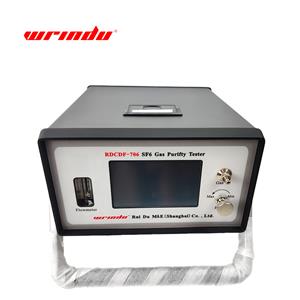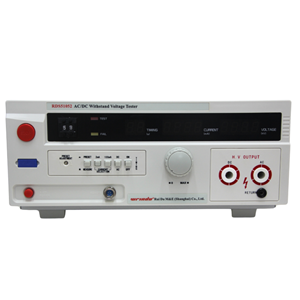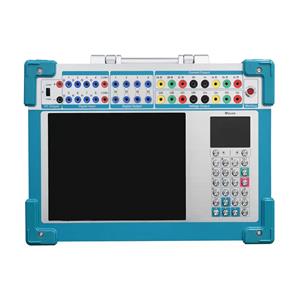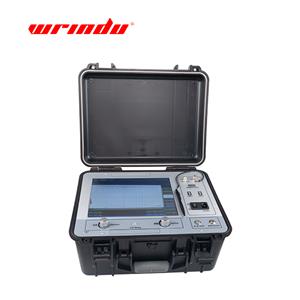The Nonlinear Challenges in Power System Components
Main Factors
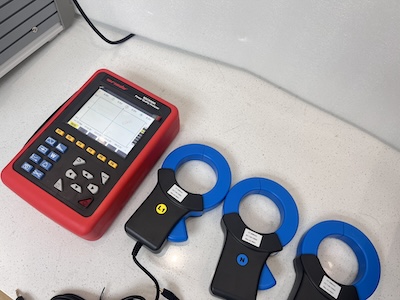
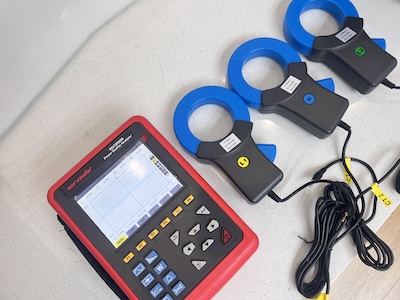
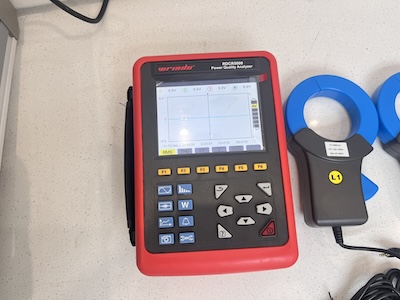
The Nonlinear Challenges in Power System Components
In the power supply system, nonlinear issues arise from variou
s elements. For instance, harmonics are generated during the normal operation of generators. Transformers within the grid also contribute to harmonic production. Additionally, DC transmission introduces harmonics, and high-voltage transmission lines can amplify these harmonics. The installation of parallel capacitors in substations is another factor that can lead to the emergence of harmonics. Among these, DC transmission is currently a major source of harmonics in power systems.
Nonlinear Loads
Nonlinear loads are widespread in both industrial and domestic electricity usage, serving as a primary source of harmonics in the power system. The main contributors to nonlinear loads are electric arc furnaces, which produce harmonics due to the time delay in arc initiation and the severe nonlinearity of the arc itself.
In everyday life and production, fluorescent lights, with their nonlinear voltage-current characteristics, also generate significant harmonic currents, with the third harmonic being the most prevalent. Moreover, the use of high-power rectifiers and variable frequency drives can lead to severe harmonic currents, which severely impact the safety of the power grid.
Power System Failures
The quality of electrical energy can also be affected by various faults within the power system during operation. For example, natural disasters, human errors, line short-circuits, and changes in the operating state of generators and excitation systems during grid failures can all have a substantial impact on the quality of electrical energy.
Improvement Measures
To address the stringent requirements for power quality by certain users, when measures taken by power companies alone cannot quickly meet these high standards, it is essential to collaborate with users to implement joint strategies that reduce the load's sensitivity to power quality and mitigate the negative impacts of power quality issues.
In order to upgrade the grid's structure, power companies are deploying equipment designed to suppress or eliminate disturbances within the power network.
Among power quality regulation devices, we commonly find products with more specialized functions, such as APF (Active Power Filters) and DVR (Dynamic Voltage Restorers). However, the Power Quality Regulator offers a more comprehensive solution by ingeniously combining a parallel inverter and a series inverter through a capacitor.
The parallel inverter, using PWM (Pulse Width Modulation) current control technology, effectively compensates for harmonic currents generated by nonlinear loads and adjusts the capacitor's direct current voltage. Meanwhile, the series inverter employs PWM voltage control technology, focusing on regulating the output voltage to suppress harmonics and reduce the load's sensitivity to power fluctuations.
This type of Power Quality Regulator, by integrating the features of both series and parallel inverters, is capable of dual regulation of the current and voltage waveforms in the grid. Its deployment has significantly reduced the occurrence of power quality problems, enhancing the overall performance of the power grid.
Equipment Recommend
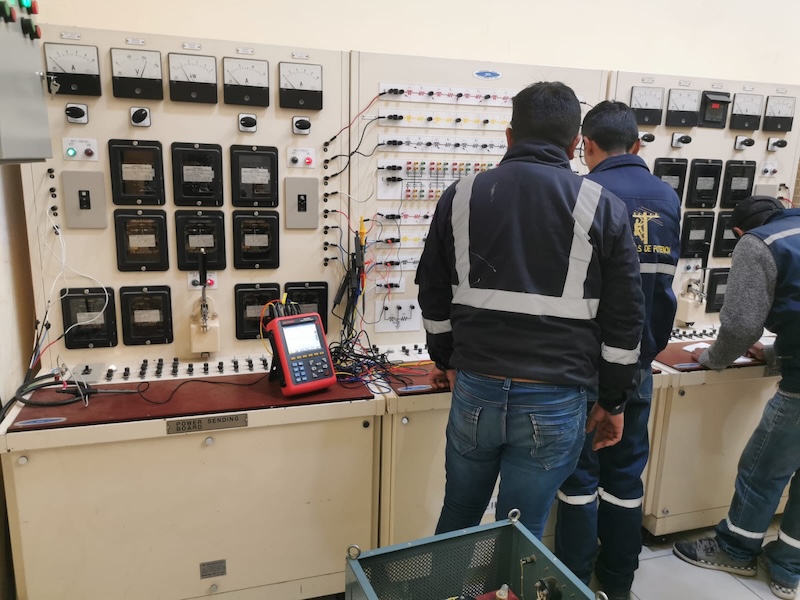
The RDCR5000 Power Quality Analyzer is a sophisticated testing tool, meticulously crafted for on-site evaluation of three-phase systems. Boasting multi-functionality and intelligent design, this device simplifies human-machine interaction for effortless use. It features a spacious LCD screen with high-resolution display, offering a dual-language interface in both Chinese and English. Its shock-resistant casing ensures durability in rugged field conditions.
Equipped to measure simultaneously across four channels for current (including ABC phases and neutral) and four channels for voltage (ABC phases and neutral to ground), the RDCR5000 captures peak current and voltage values, as well as maximum and minimum readings over a set period. It calculates three-phase imbalance factors, short-term voltage flicker, transformer K factors, and a range of power parameters including active, reactive, and apparent power, along with power and displacement factors.
Additionally, the analyzer provides real-time waveform visualization and harmonic ratio bar charts for both current and voltage. It adeptly captures instantaneous changes in voltage and current, monitoring startup currents and power parameters, while also generating alarm lists and long-term trend charts for recorded test data. This comprehensive tool is designed to meet the nuanced demands of power quality analysis in the field.
For more detailed product parameters, please click RDCR5000.
To get the latest quotation, please contact us.

